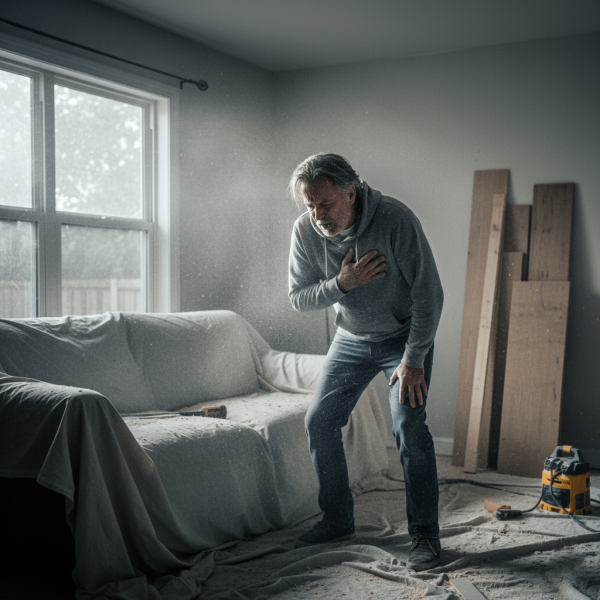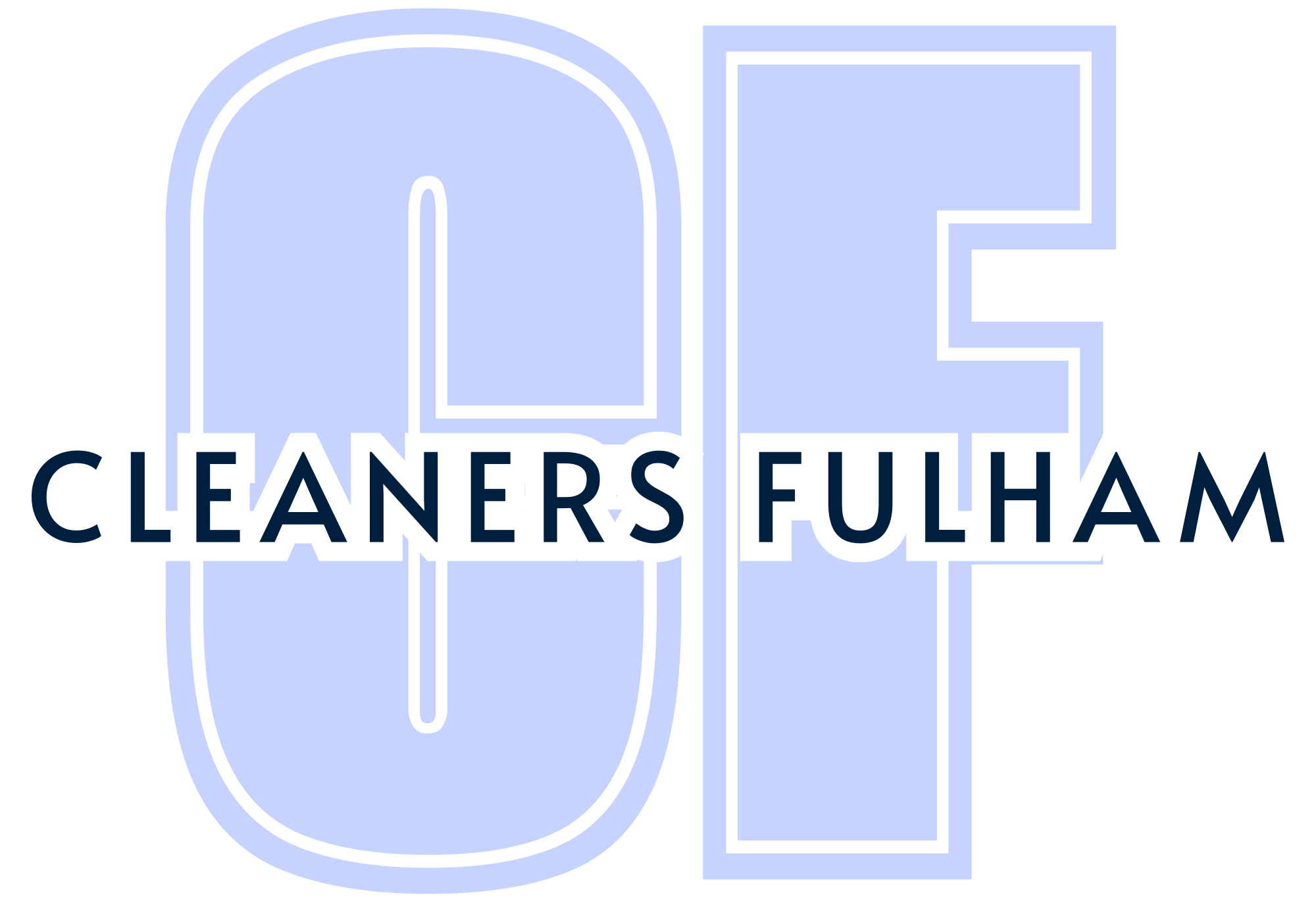
Construction dust isn’t just annoying; it can actually be bad for your health if ignored. When you start renovating, different kinds of dust like silica, wood, and paint fill the air, and they can be quite harmful. Breathing them in for too long can mess with your lungs, so it’s important to know what you’re up against. As a homeowner, understanding these risks is key so you can take steps to protect yourself. Keeping your home and health safe is super important. This article will dive into the types of construction dust and share some easy tips to cut down on exposure, keeping both you and your home safer.
Types of Construction Dust
During renovation projects, you can create different types of dust, each with its own risks. Knowing about these can help you stay safe and healthy.
Silica Dust
This type of dust comes up when you cut or grind stuff like stone, concrete, or tiles. It’s super fine and can hang around in the air, causing big problems for your lungs if you breathe it in too much. It could even lead to a serious lung disease called silicosis. If you’re doing some DIY work with these materials, putting on a mask and trying out wet cutting can really cut down on the amount of silica dust you’re dealing with.
Wood Dust
You get wood dust when you’re sawing, sanding, or shaping wood. It might not look harmful, but being around it for a long time can mess with your allergies and breathing, sometimes leading to asthma. So, if you’re doing carpentry or installing floors, wearing a dust mask and using a good vacuum can help keep the wood dust at bay.
Paint Dust
When you sand down old paint, you create paint dust, which can be a big deal if the paint has bad stuff like lead. This dust can fly into the air during renovations and is dangerous to breathe in. It’s important to check how old the paint is and use the right safety gear to stay safe while handling paint dust. Knowing where these dust types come from and their dangers helps you make smart choices to protect your home and health.
Health Risks of Exposure
When construction dust gets into your home, it doesn’t just cover everything; it can actually harm your health. Even a little exposure can make your eyes, nose, and throat feel irritated, and you might start coughing or sneezing. Think about walking into a dusty room and suddenly your eyes itch or your throat feels scratchy – that’s how quickly it can hit you after a renovation. But it’s not just about the short-term annoyance. Breathing in this dust over time can cause serious lung issues, like asthma, bronchitis, or even a nasty condition called silicosis. The Health and Safety Executive (HSE) said in 2023 that thousands of people deal with illnesses from silica dust every year, which shows how serious this is. Everyone at home, not just the workers, can be affected. So, wearing masks and keeping the place well-aired during renovations is super important to keep everyone healthy. Being aware and taking action can really help cut down these risks.
Impact on Indoor Air Quality
Construction dust in your home can really mess up the air you breathe. Tiny dust bits float around and land everywhere, which is bad news, especially for kids and older folks. Kids might start wheezing and older people could have more trouble with asthma. Plus, dust can bring in stuff that makes allergies worse, meaning more doctor visits and costs.
To keep your home’s air fresh, think about getting an air purifier and making sure there’s good airflow during and after any building work. These steps can cut down on dust piling up, helping everyone stay healthy. Good air quality is super important to keep everyone in the house feeling their best.
Preventive Measures During Renovation
Renovating a home can kick up a lot of dust, but you can make it safer by keeping it down. Try closing off the work area with dust barriers or plastic sheets so the dust stays put. Cover up your furniture and floors to keep them clean. Use materials that won’t make much dust, and wet things down before cutting to stop dust from flying around.
Getting a vacuum with a HEPA filter is a good idea because it grabs the tiny dust bits and keeps the air cleaner. Air purifiers with HEPA filters can also help keep the air fresh while you’re fixing things up. Plan your work when fewer people are around, and open windows or use fans to keep the air moving and clear. Doing these things can really cut down on dust and keep everyone healthier.
Effective Cleanup Strategies
After a renovation, a good clean-up is super important to keep your home feeling fresh and healthy.
Start with a Systematic Approach
It’s a good idea to use damp cloths and mops instead of dry ones. They do a better job at grabbing dust and stop it from flying around again. Microfiber cloths are really good at picking up even tiny dust bits. Start cleaning from the top—hit the ceiling first, then the walls, and end with the floor. This way, dust doesn’t land on places you’ve already cleaned.
Regular Cleaning Routine
Even when the renovation is done, dust might still drop, so regular cleaning is key. Try setting up a weekly schedule for dusting and mopping to keep things spick and span. Vacuums with HEPA filters are great because they catch those tiny bits normal vacuums might miss.
Maintain Cleaning Tools
It’s super important to keep your cleaning supplies in check by washing or changing them regularly. This stops you from spreading dust around again. Keeping these tips in mind will help your home stay clean and cozy for everyone living there.
Long-Term Effects of Construction Dust
Prolonged exposure to construction dust isn’t great for health or your home. Knowing what can happen might just push you to do something about it.
Health Consequences of Chronic Exposure
Breathing in construction dust over time can be pretty bad for your health. You could end up with serious lung problems, like COPD or even lung cancer. Silica dust is a big deal too, as it can cause silicosis, a really nasty lung issue. These health problems mean lots of doctor visits and treatments, which can get expensive.
Impact on Home and Finances
Dust can pile up in your home’s air systems and on surfaces, messing up air quality and harming your stuff. This means you’ll spend more on fixing things or buying new ones. It’s smart to tackle dust control during and after any renovations to keep your home and health in check. Sort out dust early, and you’ll end up with a healthier space and save money in the long run.
Conclusion
Construction dust is bad news for your health and indoor air. Spend too much time around it, and you might start having trouble breathing. So, when you’re sprucing up your place, keep an eye on the dust. Controlling it is crucial for your family’s safety. Cleaning thoroughly helps keep your home dust-free. By cutting down on dust, you’re making your home healthier. Act now to keep your home comfy and safe. Improve your home’s air and protect your family today.
